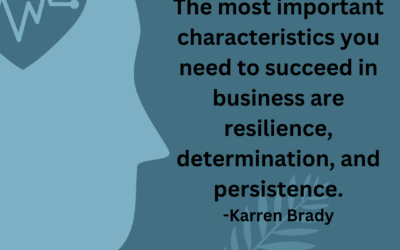
1 min readConfident Humility
by Guy Gage | April 16, 2017 | Business
For too long, the leadership traits of confidence and humility have been viewed as polar opposites. Yet the research has shown that effective leaders possess an interesting combination of both. Let’s be clear about what each means.
The apt definition of humility from C. S. Lewis is not thinking less of yourself, but thinking of yourself less. That means you are paying attention to the people around you. Your focus is on them, making them better, creating an environment for them to succeed and removing barriers that interfere with their success.
On the other hand, personal confidence is defined as a belief in your judgment and ability to succeed. Your fundamental conviction is that you will succeed and will apply everything you have to make it so. It’s your belief that drives your perseverance.
It’s no wonder humility and confidence seem to be opposites. One focuses on your people; the other on yourself. Yet outstanding leaders have developed the ability weave these two traits together.
Another observation: If you are like most, you have a leaning to one or the other. If you lean toward humility, you run the danger of self- deprecation, demonstrated in indecisiveness, self-doubt, and anxiety. If you lean toward confidence, you are likely to demonstrate arrogance through not listening to others, being demanding and demeaning.
The take-away for you is to assess your ability to demonstrate both, determine your natural leaning and then develop a mindset and behavior that blends the two. Only then will you prove yourself to be a leader worthy to be followed.
Read Related Blogs:
Enjoy The Journey
A Journey As you come out of recovery from any intense period (aka busy season), you enter into a season that may be less intense, but still full of activities and responsibilities. Will you enjoy the journey? Journey Past For the next four months, you have annual or...
Reflect In Order To Learn
Learn From Memories Whenever we experience intense situations, they get encoded into our memory bank. Strong situations can be pleasant or unpleasant, depending on our initial interpretations. They are formed subconsciously and stored as such. By consciously...
The Last Phase
The Month If you haven’t looked up lately, you may not realize that you are in the midst of National Stress Awareness Month. How appropriate. Being a high-performer, you are no stranger to long hours, a heavy workload and looming due dates, that can add up to...




